We're on hand to answer any questions you may have about our products and services.
Contact our London office
Email +44 (0)20 7251 6811
Contact our New York office
Email +1 (646) 762-2995
Contact our Singapore office
Email +65 6602 8280
Learn more about our offices, team, job openings and media features.
Get our latest trends & innovations in your inbox.
Receive innovation updates via WhatsApp.
Connect with us and fellow trend enthusiasts.
Follow us on your preferred social platform.
Be part of a global community of trend professionals.

Key industry trends & 45 inspiring innovations 💚

Discover the opportunities you're not running with… But should
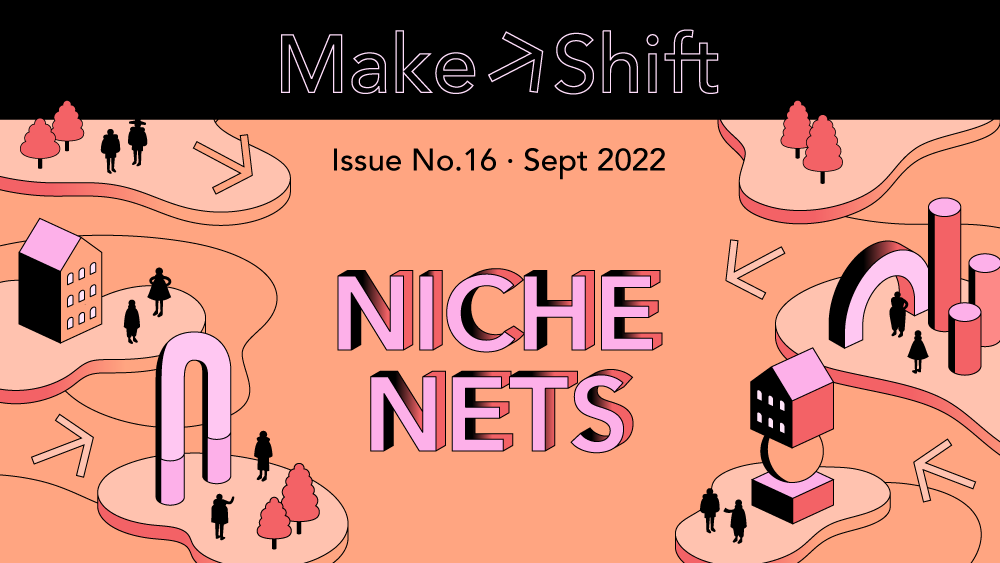
What happens when niche culture goes mainstream?
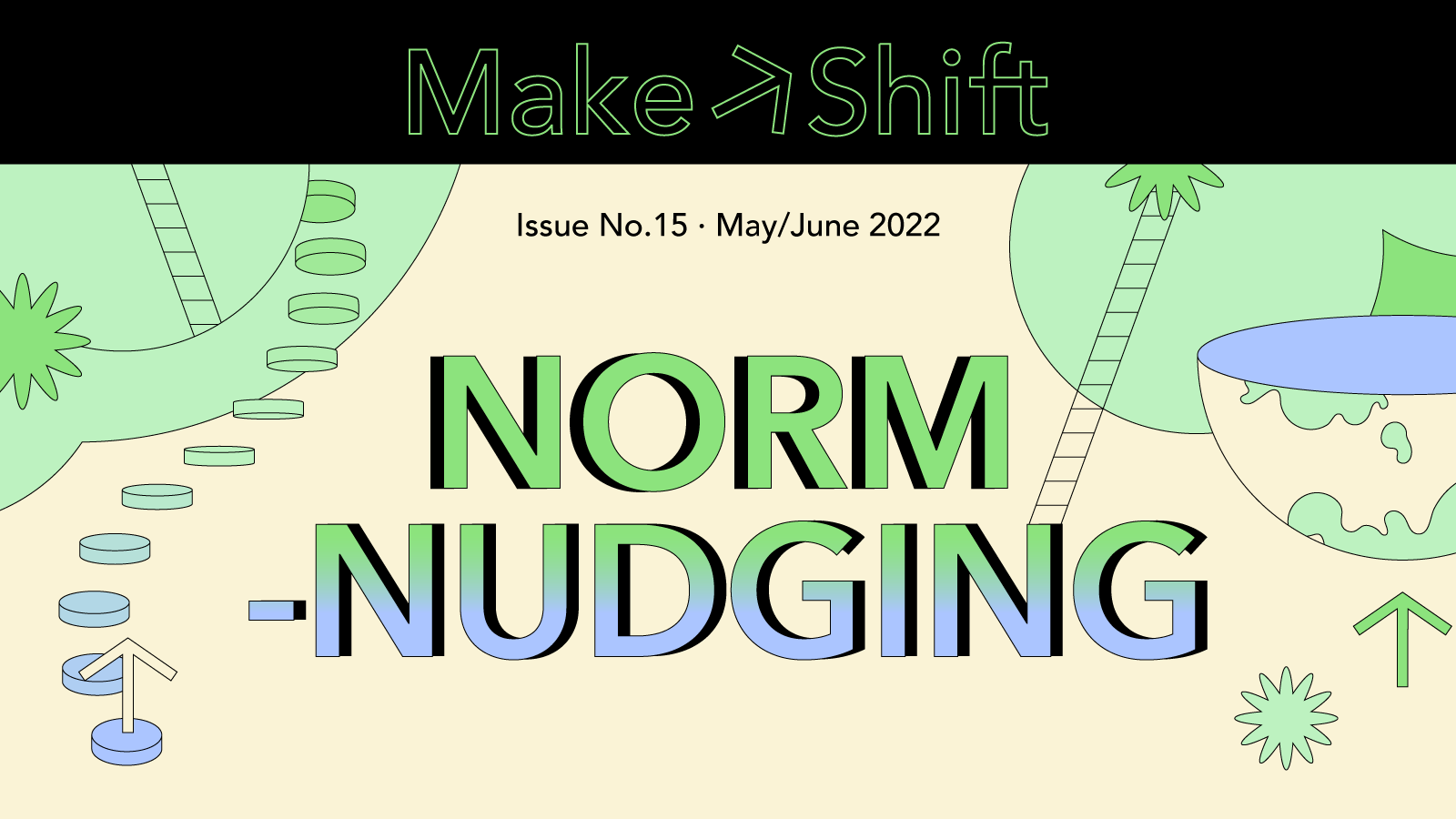
Why it's time to create beneficial butterfly effects
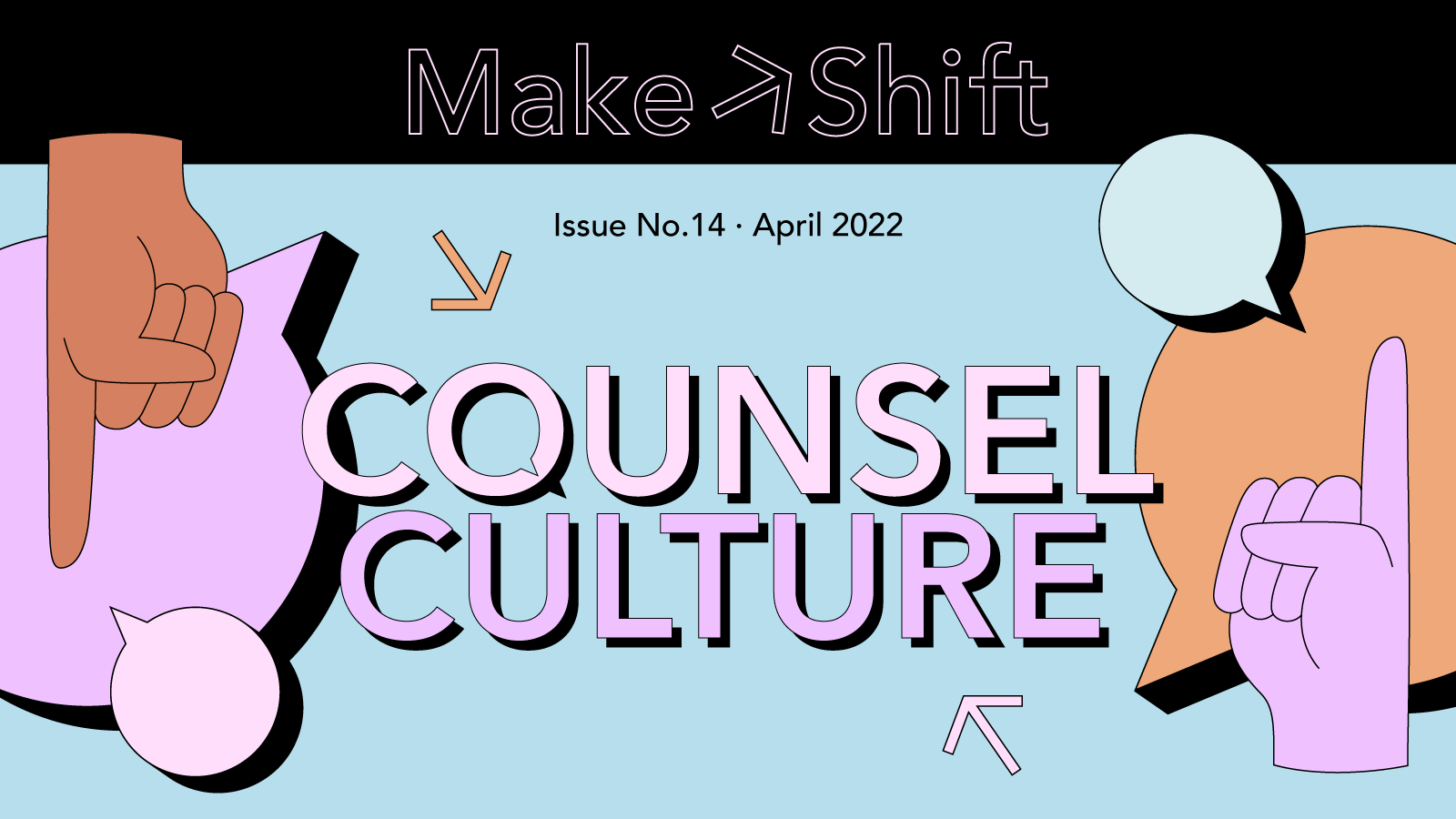
Brands work with collectives for greater accountability
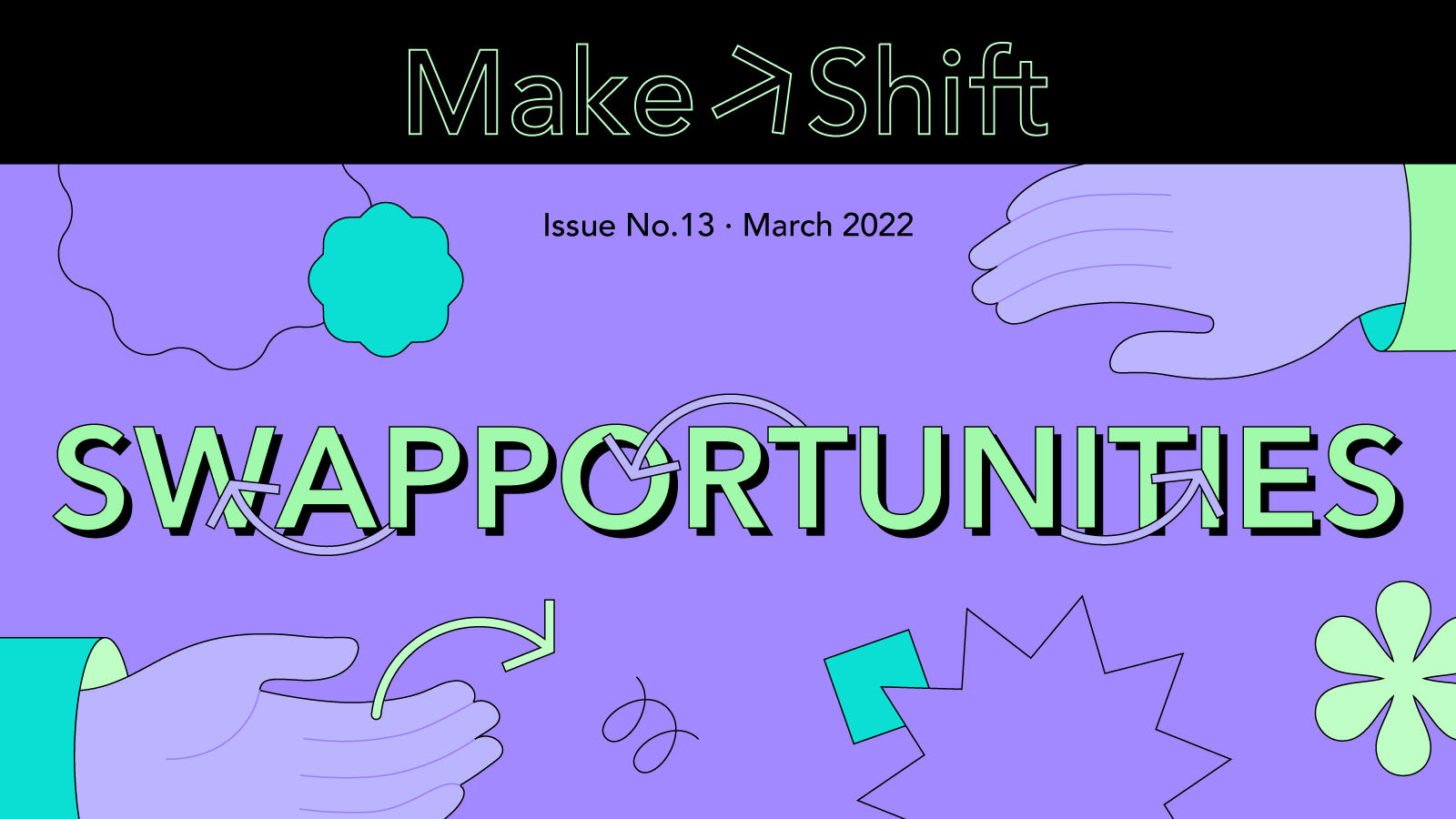
Get people talking with barter-based initiatives

Venture into the metaverse with initiatives that hit different.

22 business opportunities for 2022. Consider this your purpose-driven manual for the year ahead.
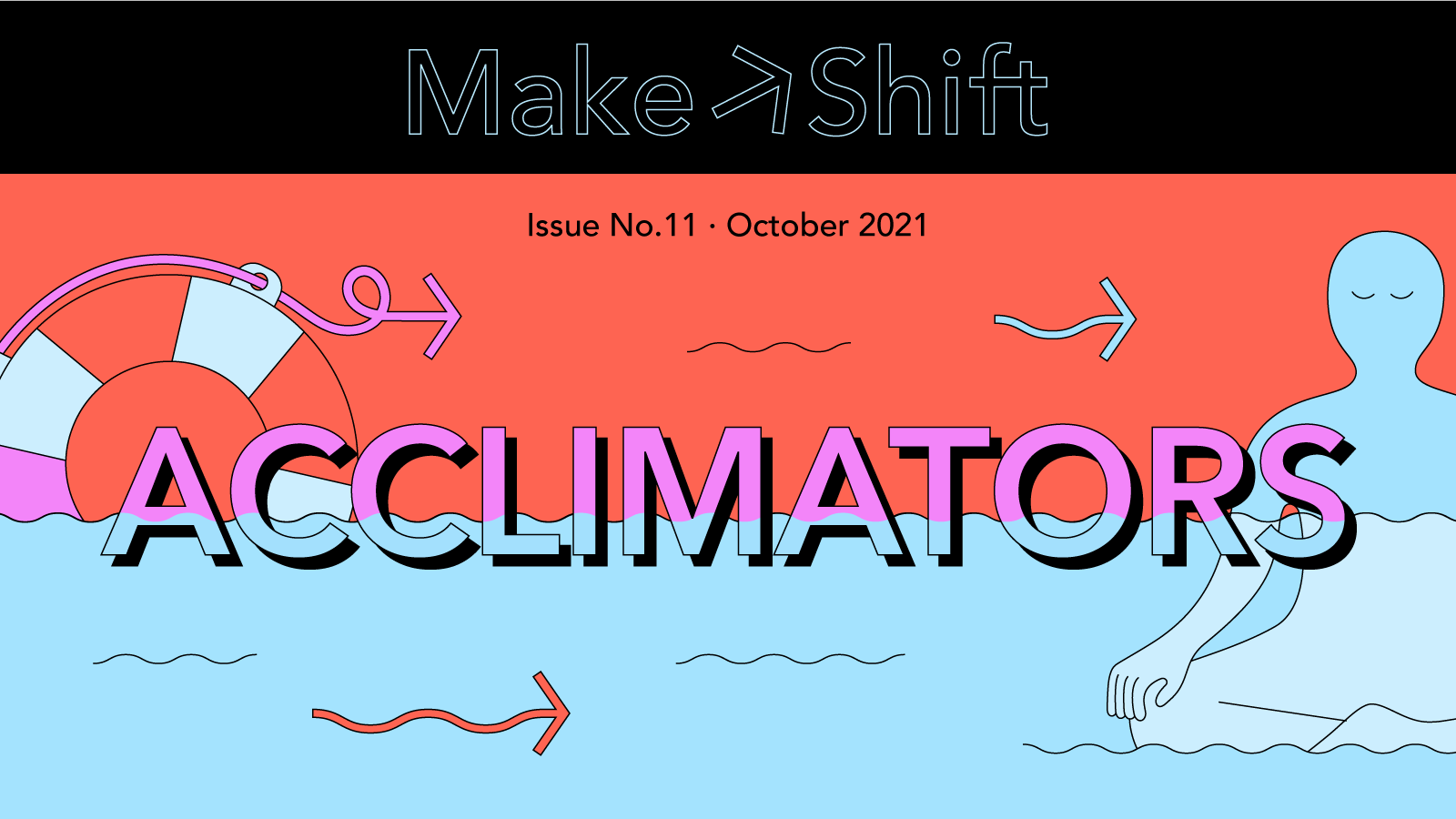
Safeguard the future with innovations that take the edge off global warming.
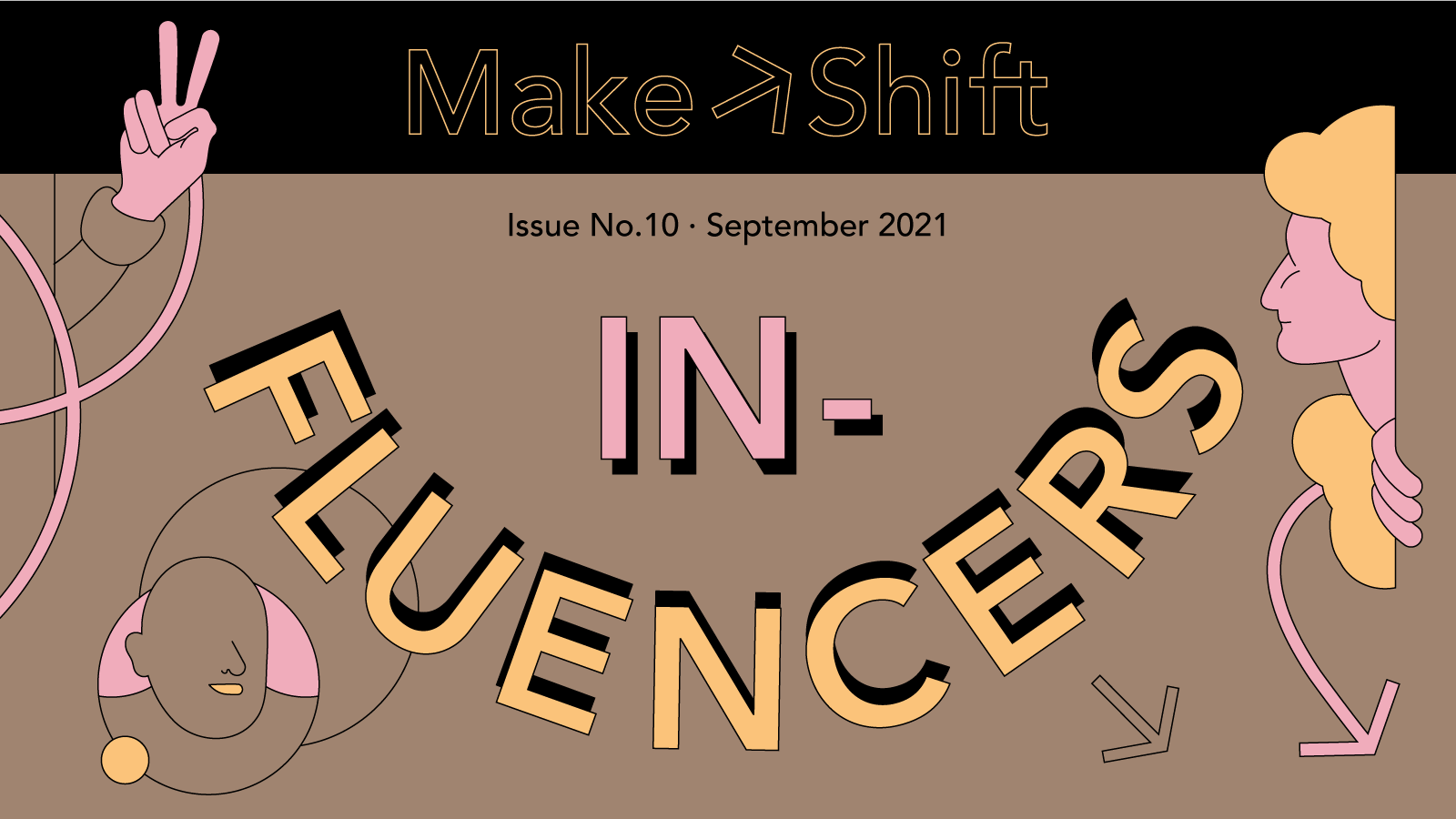
Flip your brand inside out. Show the heart of your company, literally.
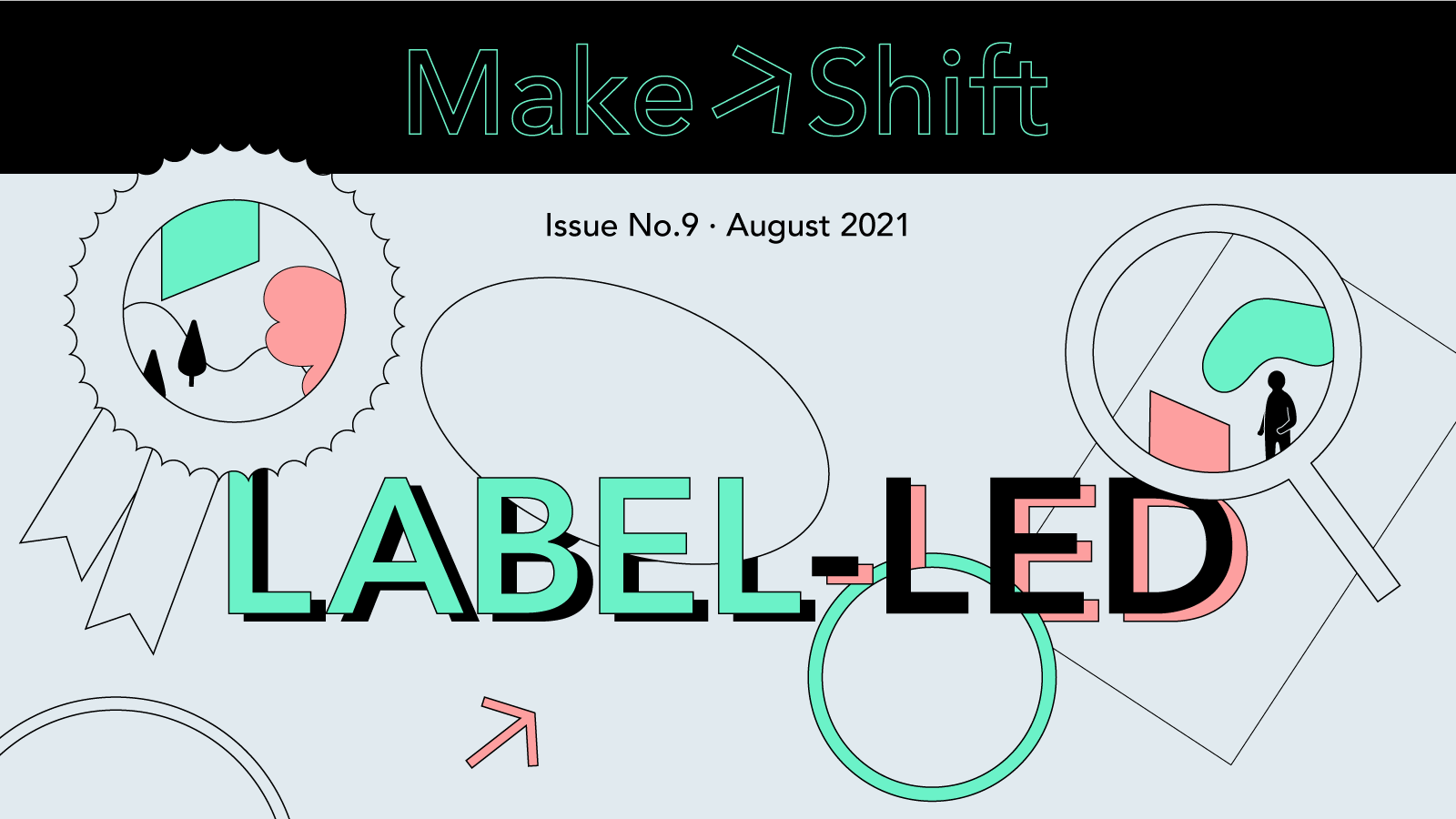
The future of conscious consumerism? It’s a matter of facts.
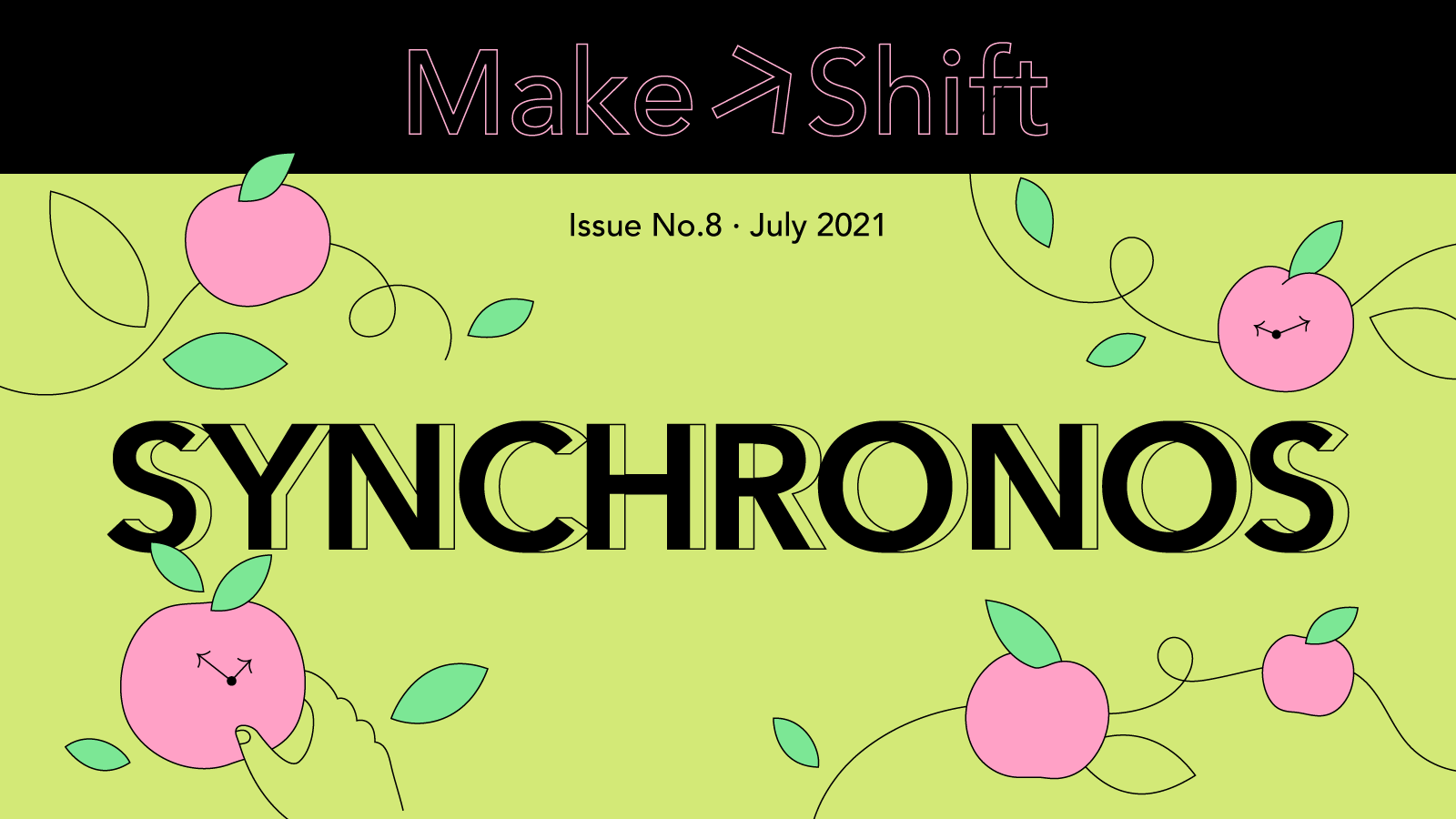
How to succeed in the race against time (P.S. It’s not all about speed)

The new social justice frontier? Accessibility. Get ready to turn barriers into innovations.

Emotional resilience doesn't just happen overnight. Equip tomorrow’s consumers with the mental tools needed to thrive in an uncertain future.
.png)
In 2021, healing the earth will become everyone’s business. Here’s how to prepare for the regenerative revolution. (Yes, it really is as good as it sounds.)
.png)
A selection of opportunities to help you imagine and build new products, services and campaigns that will have a purposed impact in 2021 and beyond.
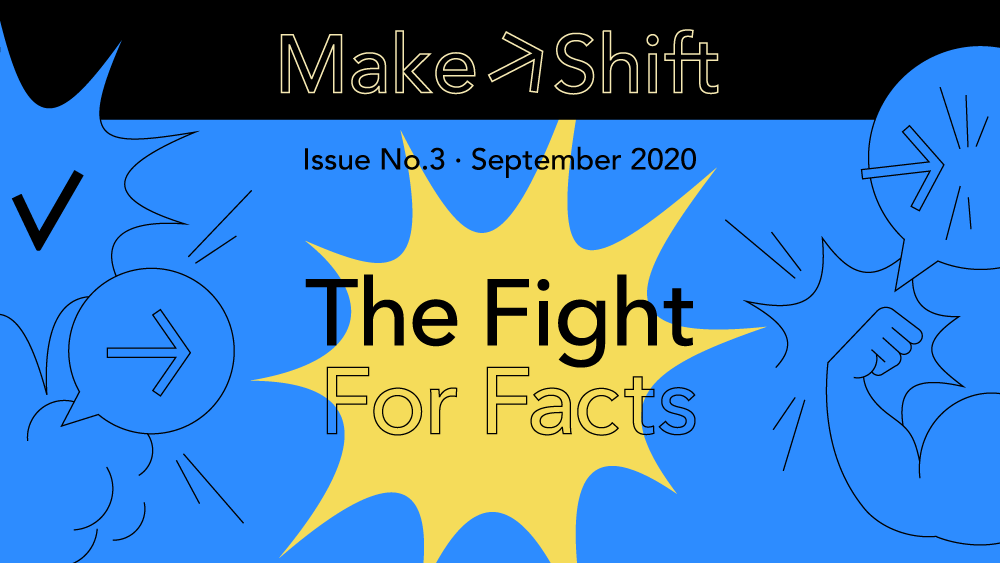
Consumers globally are trying to arm themselves with knowledge. As the line between fact and fake blurs, they'll expect all brands – not just in media – to take action.
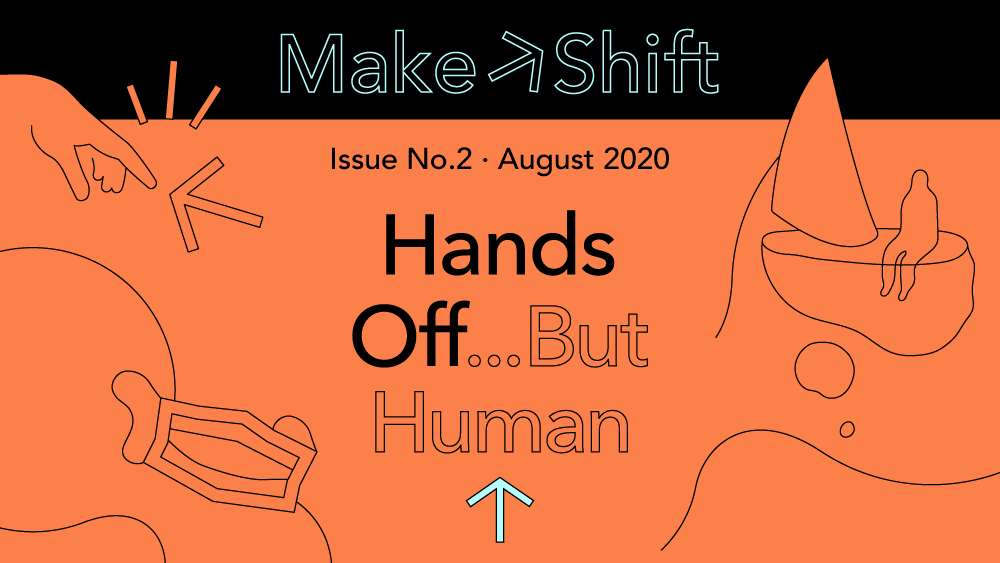
Roll out innovations that are Hands Off...But Human! That not only consider health but also make consumers' social lives even better and more meaningful than they were before.

In response to unprecedented change, some brands are going beyond minor tweaks to make BOLD PIVOTS – redefining ‘business as usual’ for their organizations.

These three trends are reshaping in-person customer experience in 2019 and beyond.

Prepare for a prosperous new year with these eight APAC-based innovations.
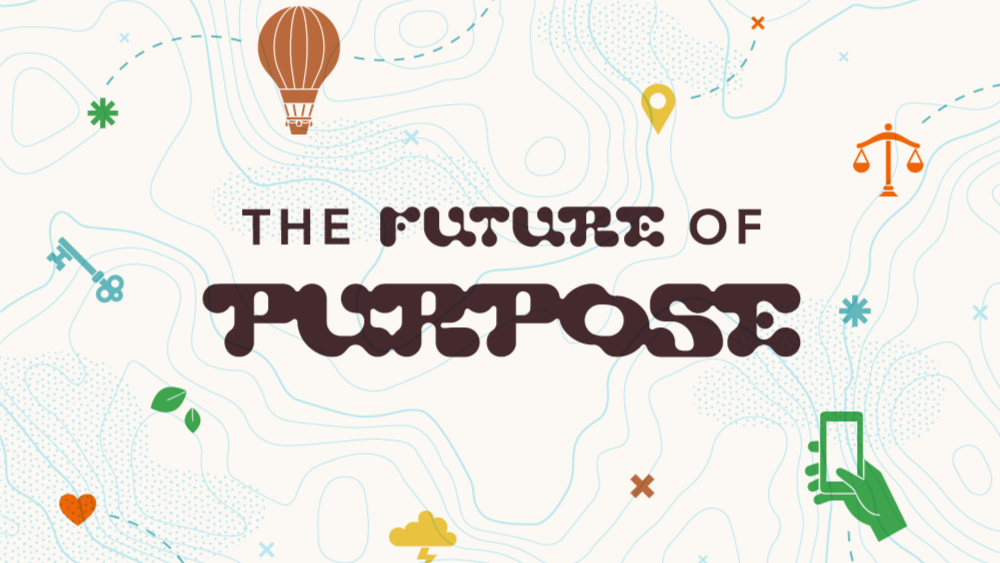
You know the shift to a more ethical, sustainable consumerism is the coming trend of all trends. The opportunities are huge.

Two actionable trends that will reshape the way you work and enhance your internal culture.
.png)
Three key consumer trends that will shape Asia in 2020 and beyond.
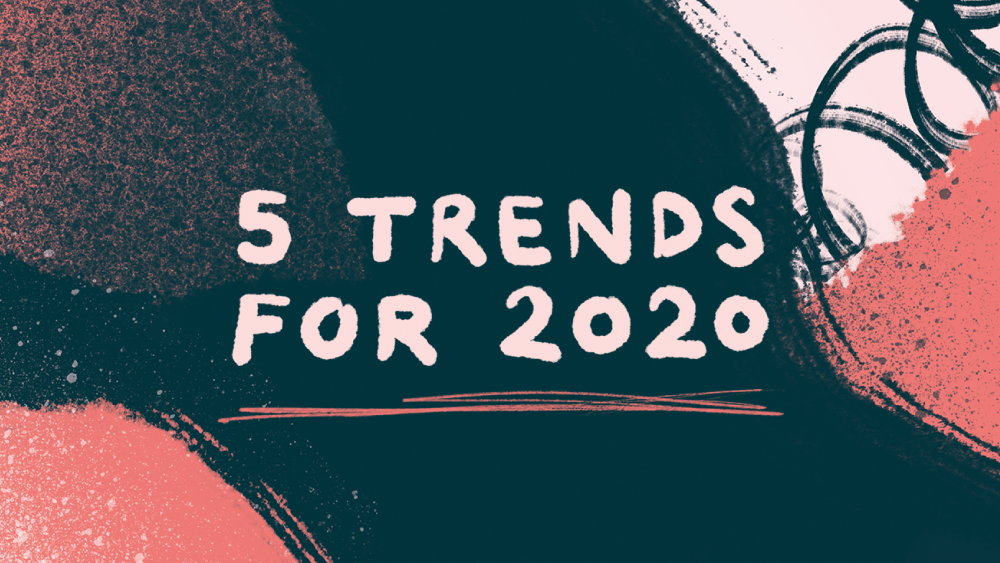
A handful of key consumer trends to supercharge your planning in 2020 and beyond.

Two monumental challenges impacting the health and happiness of consumers around the world.

We've pinpointed three actionable trends to help you delight customers in the months ahead.

We've pinpointed three actionable trends to help you delight customers in the months ahead.
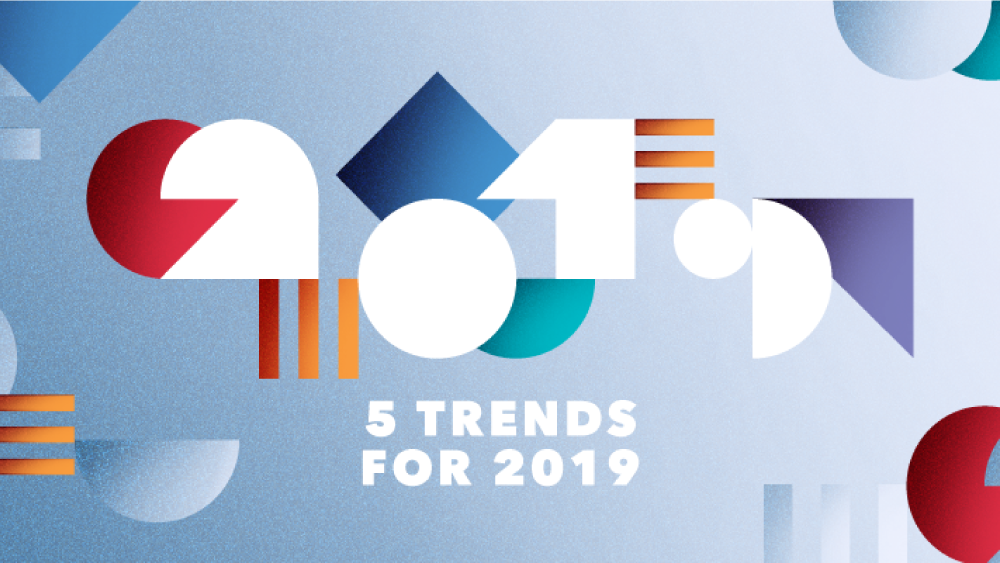
Five powerful consumer trends. Five opportunities. Are you ready?
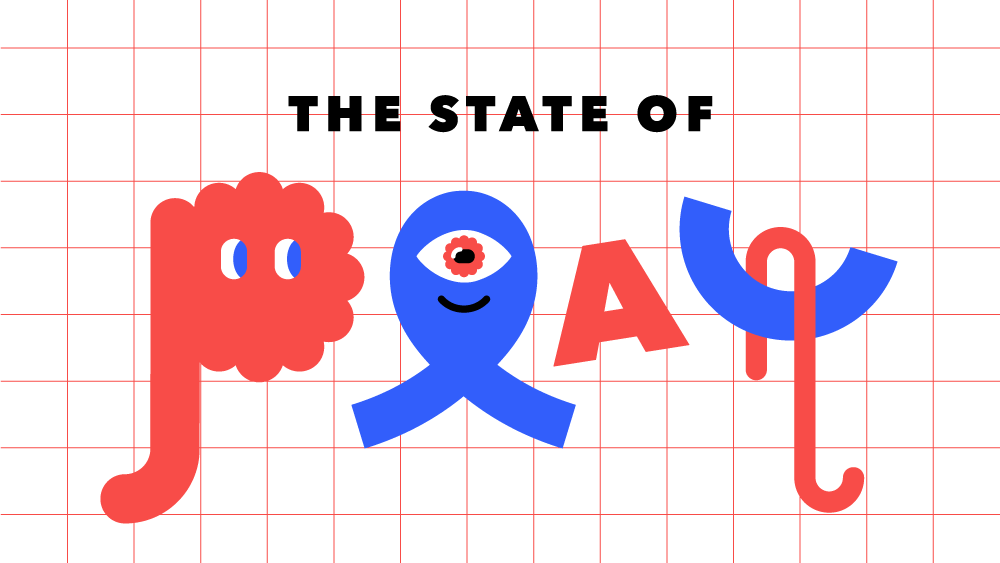
25 reasons why engaging your customers will never be the same.

Five trends reshaping the future of retail in 2019 and beyond.

Five trends reshaping the future of retail in 2019 and beyond.

Five trends reshaping the future of retail in 2019 and beyond.

In an age of radical transparency, your internal culture is your brand. Time to take action!

Your customer is precious about how they spend their attention. Are you saving or seizing it?

The future of consumerism in a new age of populism, polarization and post-truth.
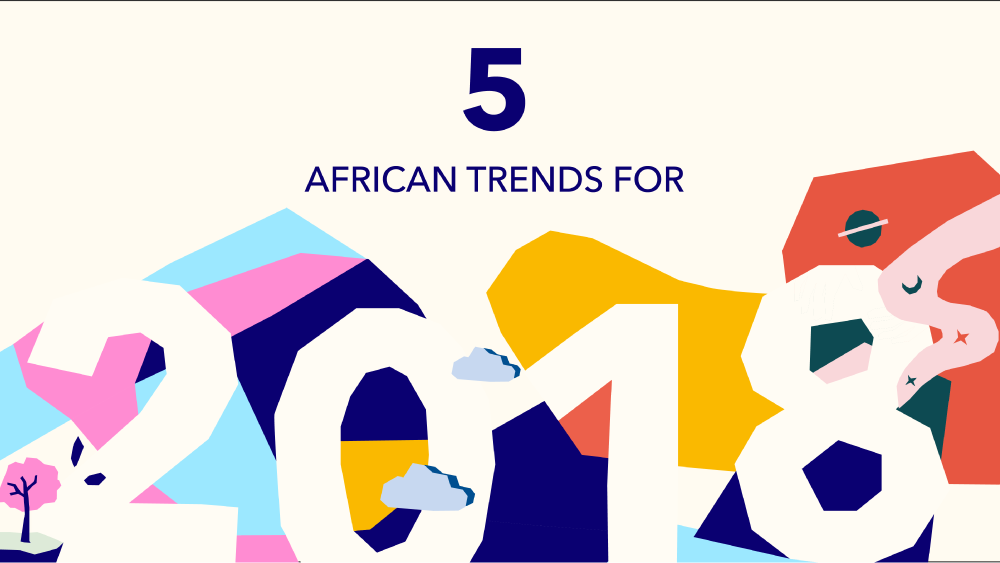
The future of consumerism in a new age of populism, polarization and post-truth.

The future of consumerism in a new age of populism, polarization and post-truth.
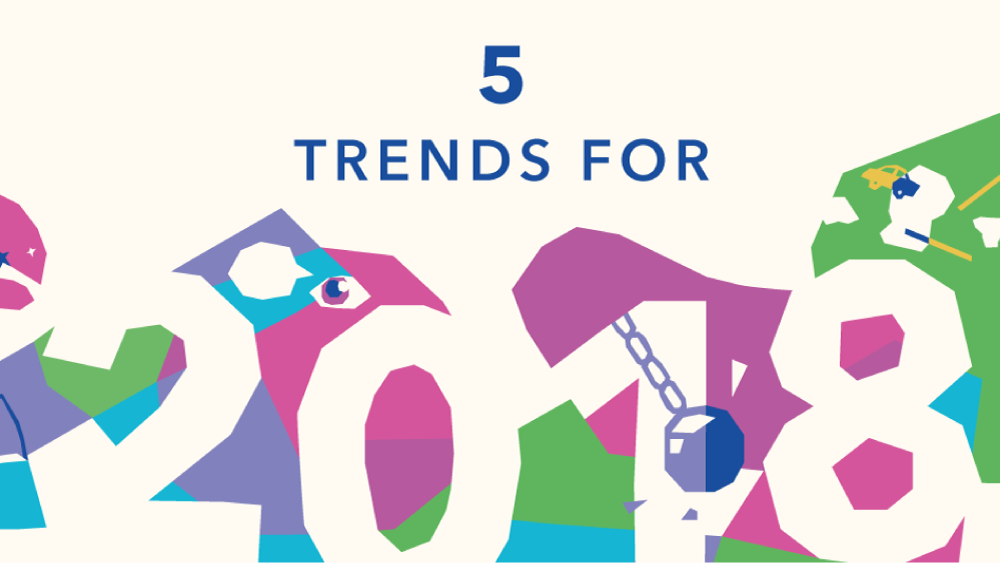
The future of consumerism in a new age of populism, polarization and post-truth.

Join 100,000+ professionals already receiving our free newsletter - inspiration guaranteed 🙌
Want access to expert-curated 28,000+ innovations and over 150 trend reports – plus on-demand support from our in-house trend analysts?
Trial Amplify, our trend intelligence platform, for 14 days. For free, no card needed.